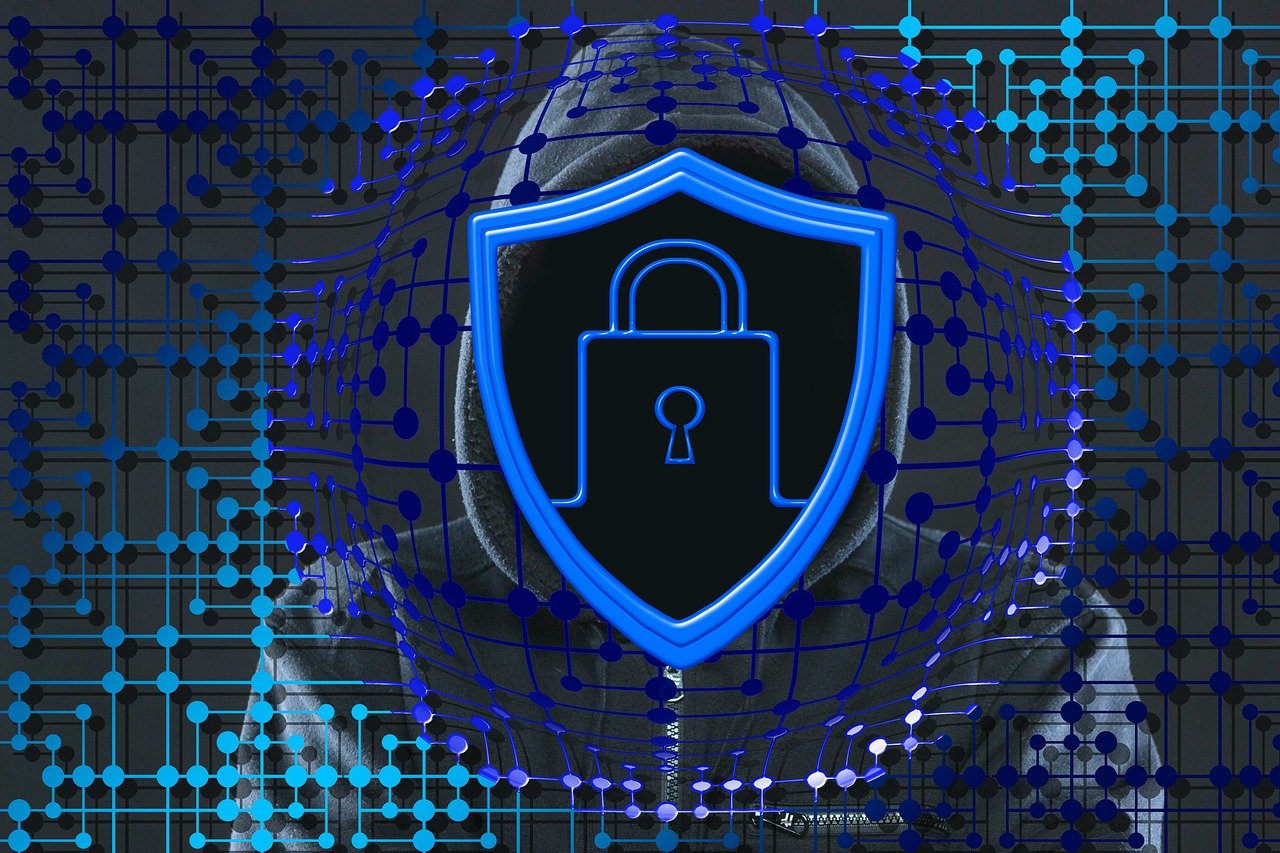This post is also available in:
 עברית (Hebrew)
עברית (Hebrew)
In an effort to better manage public safety threats, the UK government has introduced a new police unit tasked with monitoring social media for signs of potential civil unrest. This initiative aims to preemptively identify movements or discussions that could lead to demonstrations or riots.
The unit will operate within the National Police Coordination Centre (NPoCC). Its primary objective is to detect and respond to “nationally significant” protests or disturbances. Policing Minister Diana Johnson confirmed that the government is considering establishing a dedicated national intelligence team to focus specifically on online content related to public unrest. This new team would work to flag social media discussions that could escalate into larger incidents, providing local police with guidance on how to respond accordingly, according to The Guardian.
The move follows increasing concern over the speed at which protests and riots can be organized through online platforms. In fact, following the nationwide riots last summer, police forces reported being overwhelmed by the sheer volume of online content, which was difficult to analyze in real-time. The government hopes the new unit will help address this gap in social media intelligence, which officials believe could improve police response times and enhance public safety.
However, the initiative has sparked criticism. Some critics argue that it risks infringing on freedom of speech and creating a surveillance state. Concerns have been raised about the potential for the government to overstep in policing online opinions and stifling legitimate public discourse.
As the debate over the new social media monitoring unit continues, it remains clear that the UK government faces a complex challenge. While the need to prevent violence and civil unrest is undeniable, the growing concerns about privacy and free speech will likely shape the direction of future policies. As this initiative evolves, it will be crucial for both authorities and the public to strike a balance that safeguards public safety without compromising fundamental rights. How this balance is maintained will likely set important precedents for similar efforts in other countries dealing with rising social tensions in the digital age.

























